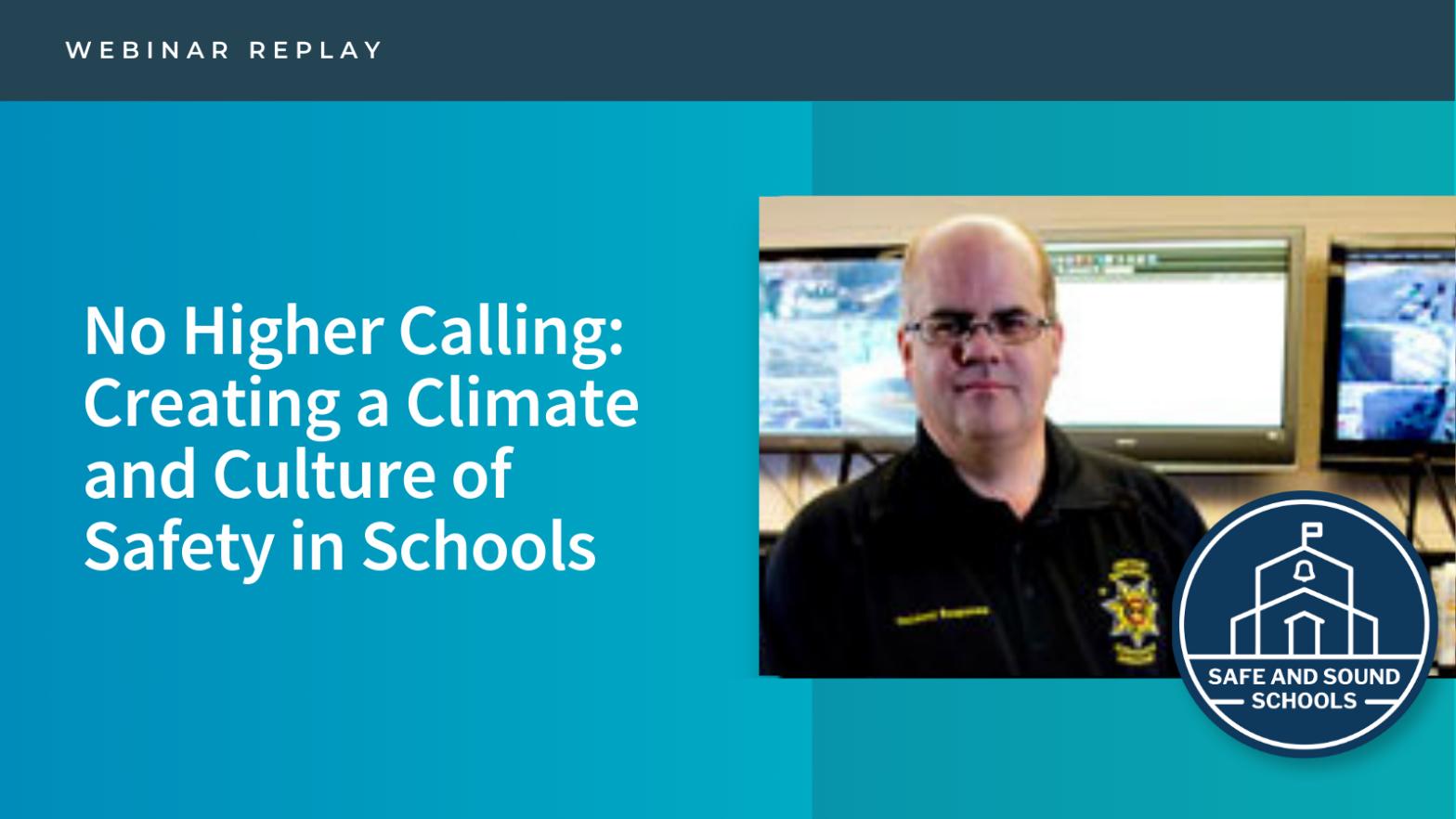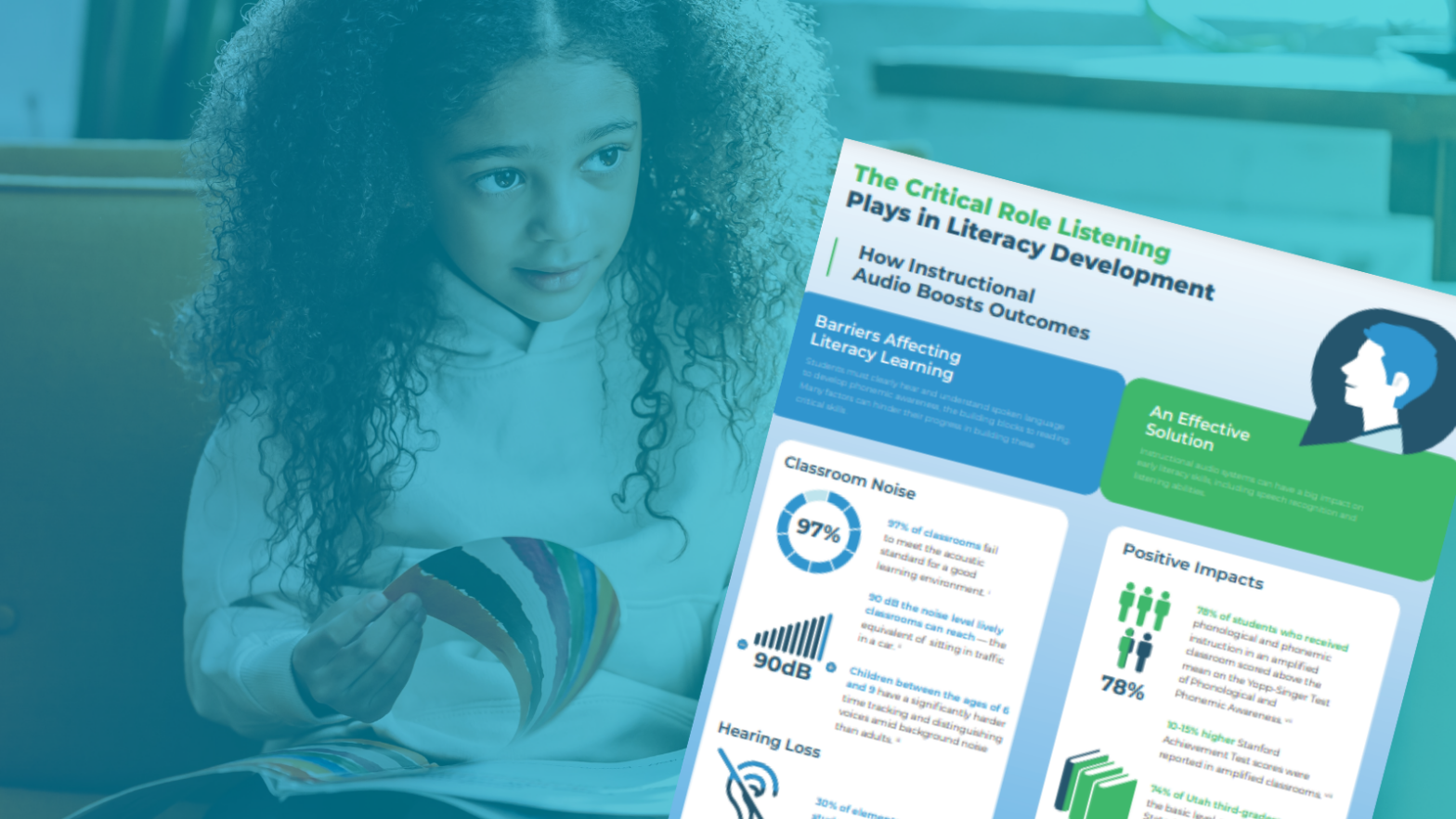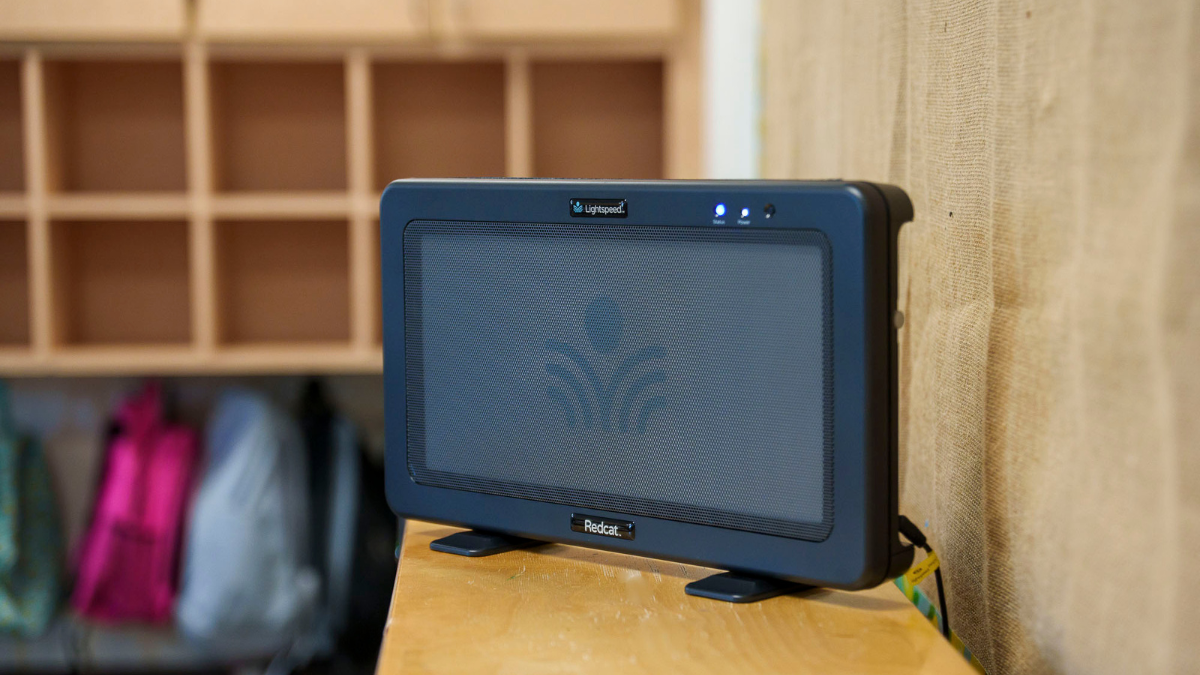Learn from your audience by observing. It is important to ask questions about needs and requirements, but often the real need is not expressed. We all build workarounds to minimize poor designs and processes and don’t even know it. That is where the gold is hiding.
In recent years, Big Tech has gotten a bad rep. But of course, many tech companies are doing important work making monumental positive changes to society, health, and the environment. To highlight these, we started a new interview series about “Technology Making An Important Positive Social Impact”. We are interviewing leaders of tech companies who are creating or have created a tech product that is helping to make a positive change in people’s lives or the environment. In this particular installment, we are talking to leaders of Education Technology companies, who share how their tech is helping to improve our educational system. As a part of this series, I had the pleasure of interviewing David Solomon.
David has been with Lightspeed Technologies for 18 years in several different capacities including marketing, product development, and sales. He enjoys strategic planning, fostering employee growth, a culture based on collaboration and Lightspeed’s five core values of integrity, respect, innovation, stewardship, and humility.
Thank you so much for joining us in this interview series. Before we dive in, our readers would love to learn a bit more about you. Can you tell us a bit about your childhood backstory and how you grew up?
Ihad a great childhood. I was the oldest of four, with two brothers and a sister as the youngest. My father was very entrepreneurial, and he always included me in the business. I bagged groceries in his department store at age 8 and sold shirts at the sidewalk sale of his men’s store at 10. I worked the production line at the RC Cola bottling plant and eventually drove a delivery truck. I learned a ton about customer service and the importance of getting things right for a customer and still make a profit. We all played sports and there was a great deal of family time. We celebrated the good times and worked through the tough times knowing the good times would come again. My Dad had a few failures that were brutal. Yet, we managed to adjust to our circumstances as long as we all stayed active as a family. I learned many lessons from my Dad’s experience that influence me still today. Our Catholic faith was central to how we went about our lives individually and together.
Can you share the most interesting story that happened to you since you began your career?
The story that comes to mind is how Lightspeed is still here today post-pandemic. In March of 2020, our governor announced the lockdown. By April, our customers, primarily public school districts, were telling us to stay away. They were not taking visitors or talking with salespeople. Our sales dropped to zero and it looked like we would have to shut the doors by the end of December regardless of layoffs and expense cuts. Our fortunes changed dramatically in July. School districts were able to make the transition to remote learning via video conferencing, but the audio was terrible. All of a sudden, there was great demand for our product, but supply chains were a mess. Our team worked tirelessly to meet this opportunity head-on and save Lightspeed. We redesigned the electronics of our products four times to take advantage of whatever components were available to us. The teamwork throughout the company was just amazing. The net result was a tremendous two years that built up enough cash to buy out existing shareholders and convert our business to a 100% employee-owned ESOP. The team just kept adapting and it has become normal to us now. Be flexible but as Stephen Covey says, “Keep the main thing the main thing.”
None of us are able to achieve success without some help along the way. Is there a particular person who you are grateful towards who helped get you to where you are? Can you share a story about that?
Our founder, Jerry Ramey, has been a tremendous role model for me. Jerry always takes the high road. He wanted the best for our employees and customers. He led the creation of a culture that I am proud to be a part of. Jerry also taught me about the importance of self-awareness, collaboration and relationship building. There are plenty of ways to develop our technical and functional skills for a job. Yet, the underlying “softer” skills often get neglected in the heat of battle. Jerry taught me that during these times we need to be at our best when it comes to working with others, and the effort we put in during calmer times will lead to the teamwork we need under stress.
Can you please give us your favorite “Life Lesson Quote”? Can you share how that was relevant to you in your life?
“Everyone has a plan until they get punched in the face.” Mike Tyson. I am a planner. I am a strategic thinker, yet we must be able to adapt a plan to our dynamic business environment. You are going to get punched in the face and your plan is going to need to evolve. Keeping this in mind helps me stay grounded in the here and now. It also causes me to remain open to new opportunities when they arise. I used to abandon a plan at the first few signs of breakdowns. When that didn’t work, I started pushing through and try to will things into existence, even though the plan was not working. I have learned to be patient and be willing to adapt, even if it causes short-term pain that I was not anticipating.
You are a successful business leader. Which three character traits do you think were most instrumental to your success? Can you please share a story or example for each?
Perseverance. It is unusual to be with the same company for 18 years. The biggest challenge is to ignore the urge to move on when things are not going my way or the business’ future looks risky or I have irreconcilable differences with a peer. These all have triggered thoughts that I should go somewhere else where I would be “appreciated,” “make more money,” have “more responsibility and autonomy,” etc. Pushing through those feelings and staying committed has been rewarding. We are 100% employee-owned. We have not only survived but have thrived over the years by applying practical innovation. I have been given more responsibility and autonomy than I could have imagined. I have been given the opportunity to lead this wonderful company and try to be the servant leader that I have always wanted to be. All it took was time, effort, and perseverance.
Integrity. I have had to make some tough decisions on the right thing to do and it hasn’t always worked to my short-term advantage. It has always kept my conscience clear. As you move further along in leadership, others are watching you and will follow your lead. If you break the rules, so will everyone else. If you make decisions that hurt others or take shortcuts, those you lead will do the same. You also have more temptations because the stakes can be so high and after all, others are going down that path so why not? The why not is because every time someone gives up a bit of their integrity, they become less able to have a positive impact on the world around them. The loss of integrity is permanent.
Give your full attention to others. It is important to be a great listener and be curious about why others think the way they do. This takes your full attention. Thinking about other things, checking email, trying to break off a conversation to go work on something else, looking at your watch or phone, all are indicators that you aren’t listening to learn and you are not interested in what someone else has to offer. People need to be seen and heard and we all need to learn from the perspective of others.
Ok super. Let’s now shift to the main part of our discussion about the tech tools that you are helping to create that can make a positive social impact on our educational systems. To begin, what problems are you aiming to solve?
It all starts with how learning occurs in schools. During the early years, 75% of learning comes through auditory processing. We listen. We take instruction. We apply. We listen for critique and we try again. Listening is there every step of the way. Yet there are many things competing with teacher and student voices in a classroom. Ambient noise from HVAC, computers, road noise, seating arrangements all contribute to a very high noisy environment or noise floor that we have to find a way to overcome. And getting louder doesn’t cut it. Think about announcements on an airplane. They can be loud, but still unintelligible. It is the same in a classroom. Certain sounds and consonants disappear below the noise floor no matter how loud you try to speak. If that weren’t enough, at any given time, 30% of students in grades K-3 are suffering from some type of mild hearing loss. This could be a temporary condition due to an ear infection, or it could be a hearing issue that has gone undetected. And this group can change from day to day so you are never really aware of who is struggling at any given time. It is much more difficult for young students to fill in the blanks of words or sounds they do not hear. They have yet to develop the mental library necessary to grasp meaning when they can’t hear each word and sound. The result of this is that some children get labeled as having a learning disability, attention deficit challenges, or behavioral issues when, really, they just can’t hear. And when you can’t hear, you are going to have a tough time learning.
How do you think your technology can address this?
Our instructional audio solutions provide a low-volume, highly intelligible sound that is evenly distributed throughout the classroom so every student can hear every word. The teacher or student speaking wears a small mic that is paired with specially designed speakers. Teachers can talk in a normal, nurturing voice. This reduces fatigue and long-term issues with their vocal cords. It also creates an environment much better suited for learning. The research shows that academic performance improves across the entire classroom. Referrals for behavior and learning challenges also are reduced. It is simple to use, cost-effective, and makes a difference for teachers and students.
Can you tell us the backstory about what inspired you to originally feel passionate about education?
A less dramatic moment that had a big impact on me was during the first trade show I attended as the VP of Marketing for Lightspeed. This was the first company I had worked for where engineers were not my primary customers. The conference was attended exclusively by educators. We gave a brief sponsor presentation and had a drawing for one of our systems. The teacher who won approached me with tears in her eyes and thanked us for the instructional audio system. She told me that she was doing permanent damage to her vocal cords after so many years of teaching and feared that she would have to retire early. With our system, she was now able to continue teaching and she hugged me. This was definitely my first hug from a customer, and it left a profound impression on me of how truly important our systems are for teachers and students.
How do you think your technology might change the world?
We envision a world where every student and every teacher can listen, learn, and share their voice. Our solutions strengthen the connection between teachers and students by creating equal access to learning every day.
Keeping the “Law of Unintended Consequences” in mind, can you see any potential drawbacks about this technology that people should think more deeply about? No.
How do you envision the landscape of education evolving over the next decade, and how does your technology fit into that future? Remote learning has been the most recent upheaval in education. As mentioned earlier, if you don’t get the audio right, the quality of the learning experience plummets. Our solutions ensure that remote learners receive all the information available to them and can participate more fully in hybrid learning environments that mix remote and in-person learning. Group learning is also an area where we can provide the teacher the tools to manage multiple groups learning at different levels so that they can more effectively and efficiently meet each student at their point of need. This will be important as more teachers adopt a collaborative learning model where students not only absorb information but must demonstrate an understanding through application and interaction with other students. Technology is important to improving and adapting to new learning environments and approaches. Yet, it is not the focus. Our goal is to be an underlying technology that everyone values but no one notices it’s complexity. That is when technology is at its best.
Here is the main question for our discussion. Based on your experience and success, can you please share “Five things you need to know to successfully create technology that can make a positive social impact”? (Please share a story or an example, for each.)
1 . Learn from your audience by observing. It is important to ask questions about needs and requirements, but often the real need is not expressed. We all build workarounds to minimize poor designs and processes and don’t even know it. That is where the gold is hiding.
2 . Start out with a plan to deliver the minimum viable product. What is the simplest form of your big picture solution that customers would find valuable. Start with developing that and learn from its deployment before investing in the next step.
3 . Get good at articulating that value of your solution, not just the solution itself. We sometimes fall in love with our creation. A potential customer first cares about the resulting benefit. Once that is seen as important, then they will take the time to understand how it works.
4 . Never stop learning and remain paranoid that you are missing something. Our world is dynamic. Needs evolve, other technologies hit the market, competition can come from the most unlikely sources. You’ve got to push forward, but also keep your head on a swivel for new threats and opportunities.
5 . Take a people first approach to everything from ideation, development, selling, implementation, and service. Success requires more than a great product. It requires healthy and deep connections between people. Learn how to foster relationships, ask thoughtful questions, and have interesting conversations. Others will be more likely to not only buy into your vision but make it better than you thought possible.
In the realm of EdTech, there’s often data collection involved. How do you ensure the ethical handling of user data, especially when it concerns students?
We have the potential to collect vast amounts of classroom conversations. We have not done anything like this yet, but as we explore this potential we are keeping key considerations in mind: how this data would be used, how can access be managed and secured, and how do we fit into security and safety policies and solutions school districts are already applying.
If you could tell other young people one thing about why they should consider making a positive impact on our environment or society, like you, what would you tell them?
You don’t have to set out to save the world to find meaningful opportunities to make a difference. There are plenty of opportunities right in front of each of us to improve the lives of others. Sometimes purpose follows hard work and commitment. If you care and put others first as you grow in your career, you will find that the world will give you opportunities to have a greater impact.
Is there a person in the world, or in the US with whom you would like to have a private breakfast or lunch, and why? He or she might just see this, especially if we tag them. 🙂
Ernie Johnson. Ernie is an NBA commentator who hosts pre-game and halftime shows. He is never the main content provider but always gets the best out of the other participants who are big stars with big egos. Ernie is the one who creates a fun and interesting environment for the participants as well as the audience. He has tremendous timing and situational awareness and leadership. I feel like he is a wonderful human being. I would enjoy having a conversation with him.
How can our readers further follow your work online?
Lightspeed-tek.com
Thank you so much for joining us. This was very inspirational, and we wish you continued success in your important work.
See the original article on Authority Magazine via Medium.com



